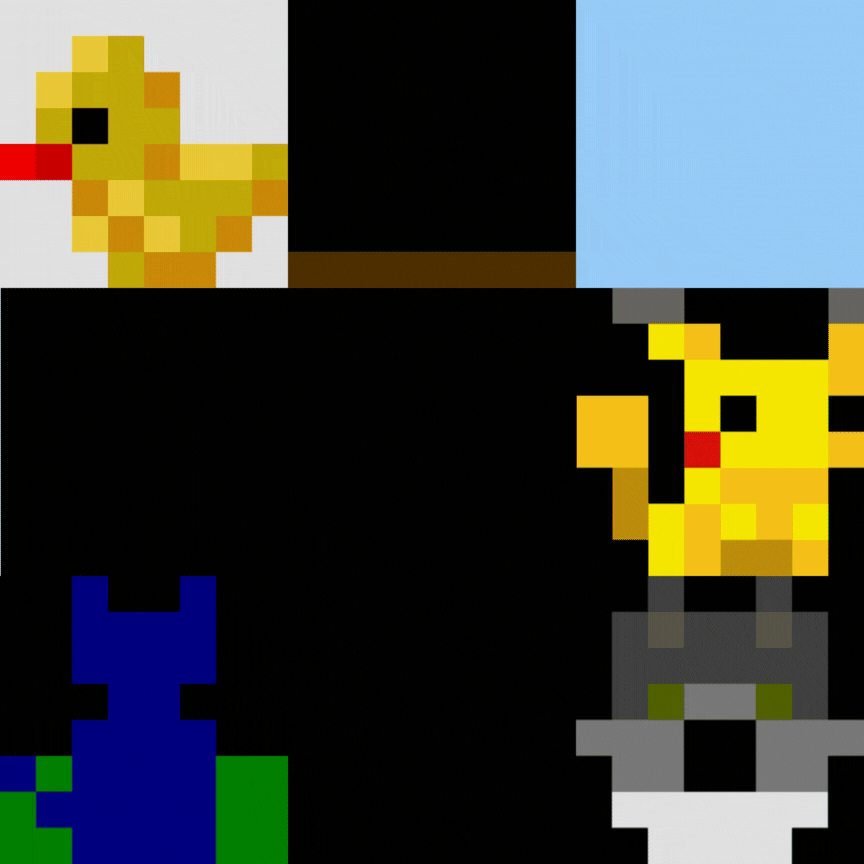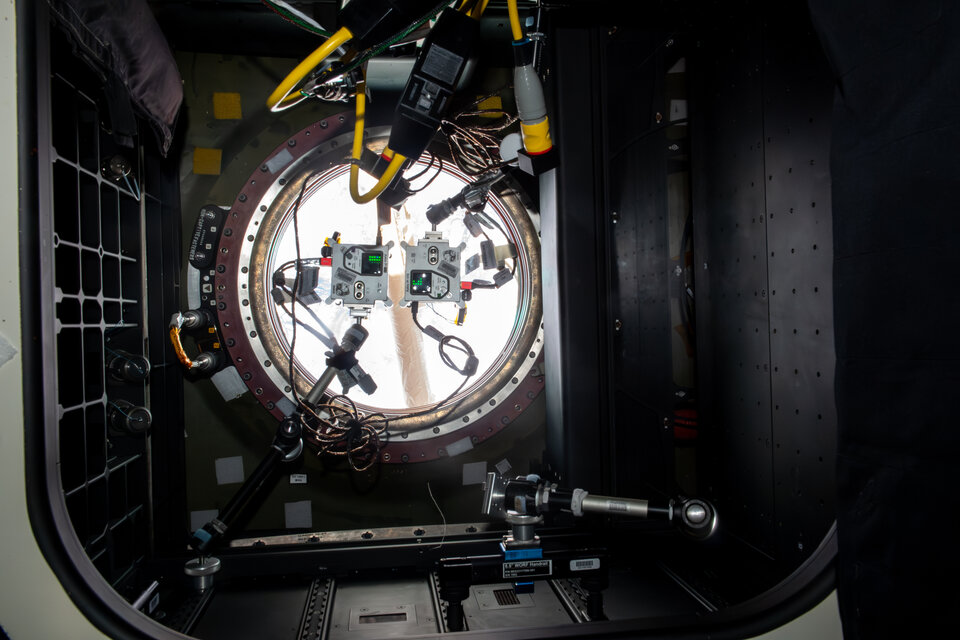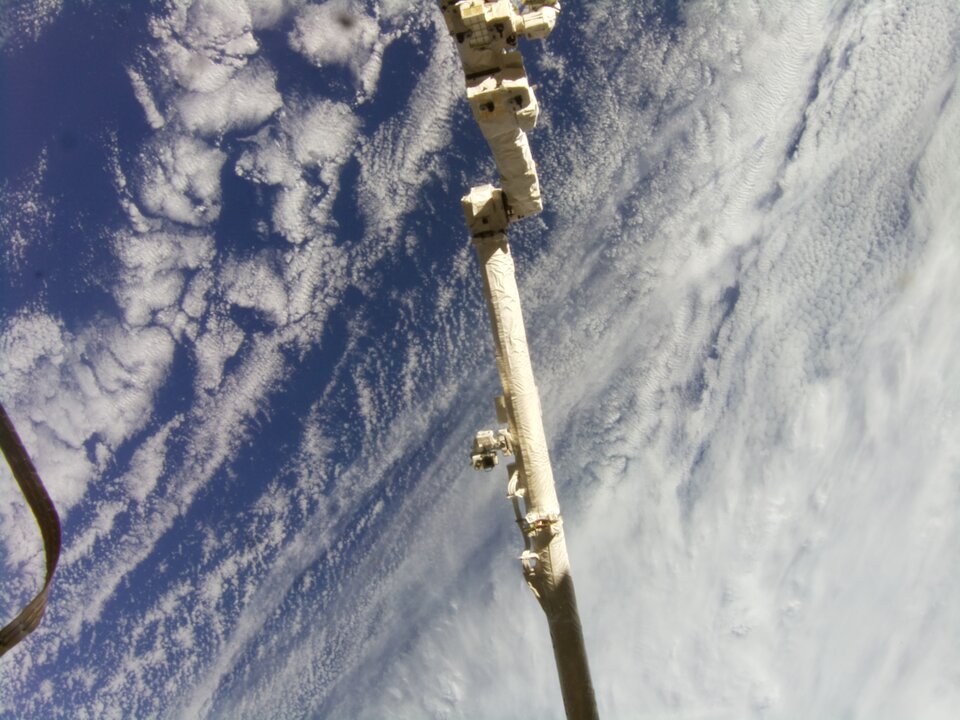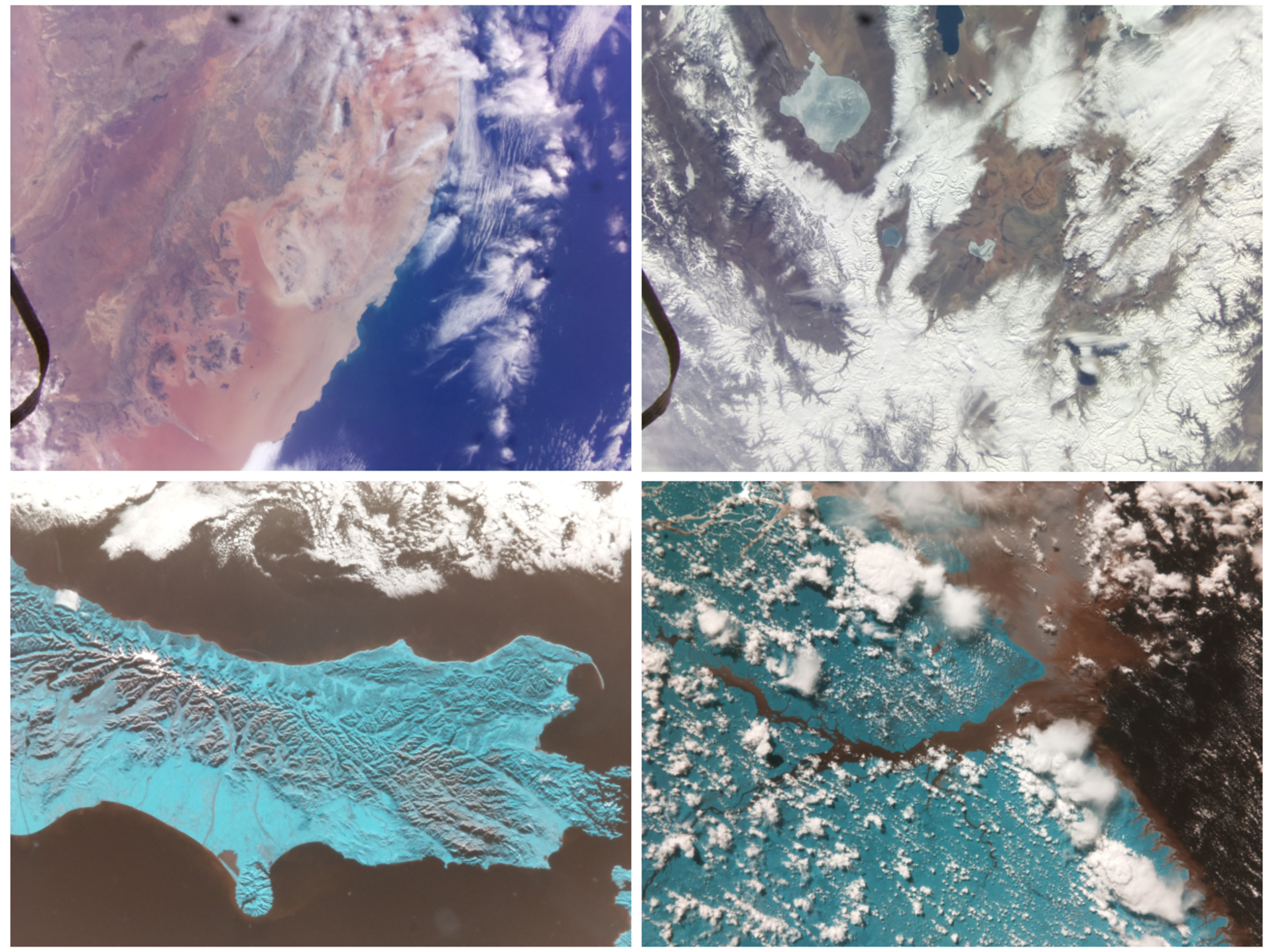More than 15000 young people’s programs run on the ISS
Over 15,000 teams with nearly 25000 young people from across Europe had their computer programs run on board the International Space Station this month as part of this year's European Astro Pi Challenge. The European Astro Pi Challenge is an ESA Education project run in collaboration with the Raspberry Pi Foundation.
Mission Zero: Images of Earth's fauna and flora in space

Mission Zero is the Astro Pi beginners' activity. To take part, young people spend an hour writing a short Python program for the Astro Pi computers on the International Space Station (ISS). This year we invited them to create an 8×8 pixel image on the theme of ‘fauna and flora’, which their program showed on an Astro Pi LED matrix display for 30 seconds.
We received 15,551 Mission Zero programs this year. After a screening process, 15,475 programs from 23605 young people were eligible to run on the ISS. Checking every program means we get to see all the images and animations that young people created, and their creativity was incredible. In the picture you can see some inspiring examples!
Mission Space Lab: Young people’s experiments on the ISS
Mission Space Lab runs over eight months and empowers teams of young people to design real science experiments on the ISS, executed by Python programs they write themselves. Teams choose between two themes: 'Life in space' and 'Life on Earth'.
This year, the programs of 294 teams from 21 countries with 1245 young people passed our rigorous judging and testing process. These programs were awarded flight status and sent to the Astro Pis on board the ISS, where they captured data, for the teams to analyse back down on Earth.
Mission Space Lab teams designed experiments such as analysing cloud formations to identify where storms commonly occur, looking at ocean colour as a measure of depth, and analysing freshwater systems and the surrounding areas they supply water to.
Teams will be receiving their experiment data later this week and will be analysing and interpreting it over the next few weeks. For example, the team analysing freshwater systems want to investigate how these systems may be affected by climate change. What their Mission Space Lab program has recorded while running on the Astro Pis is a unique data set that the team can compare against other scientific data.
A window on the ISS

For the 'Life on Earth' category of Mission Space Lab experiments this year, the Astro Pis were positioned in a different place to previous years: in the Window Observational Research Facility (WORF). Therefore the Astro Pis could take photos with a wider view. Combined with the High Quality Camera of the upgraded Astro Pi computers we sent to the ISS in 2021, this means that the teams got amazing-quality photos of the Earth’s surface.
Once the experiments for Life on Earth were complete, the astronauts moved the Astro Pis back to the Columbus module and replaced their SD cards, ready for capturing the data for the Life in Space experiments.
The challenges of running programs in space

Running programs in an environment as unique as the ISS, where all hardware and software is put to the test, brings many complexities and challenges. Everything that happens on the ISS has to be scheduled well in advance, and astronauts have a strict itinerary to follow to keep the ISS running smoothly.
As usual, this year’s experiments met with their fair share of challenges. One initial challenge the Astro Pis had this year was that the ‘Canada Arm’, a robotic arm on the outside of the ISS, was in operation during some of the Life on Earth experiments. Although it’s cool to see part of the ISS in-shot, it also slightly obscured some of the photos.
Another challenge was that window shutters were scheduled to close during some of the experiments, which meant we had to switch around the schedule for Mission Space Lab programs to run so that all of the experiments aiming to capture photos could do so.
What's next for Astro Pi?
Well done to all the young people who've taken part in the European Astro Pi Challenge this year.
If you've mentored young people in Mission Zero, then we will share their unique participation certificates with you very soon.
If you are taking part in Mission Space Lab, then we wish you the best of luck with your analysis and final reports. We are excited to read about your findings.
If you'd like to hear about upcoming Astro Pi Challenges, sign up to the newsletter at astro-pi.org.


